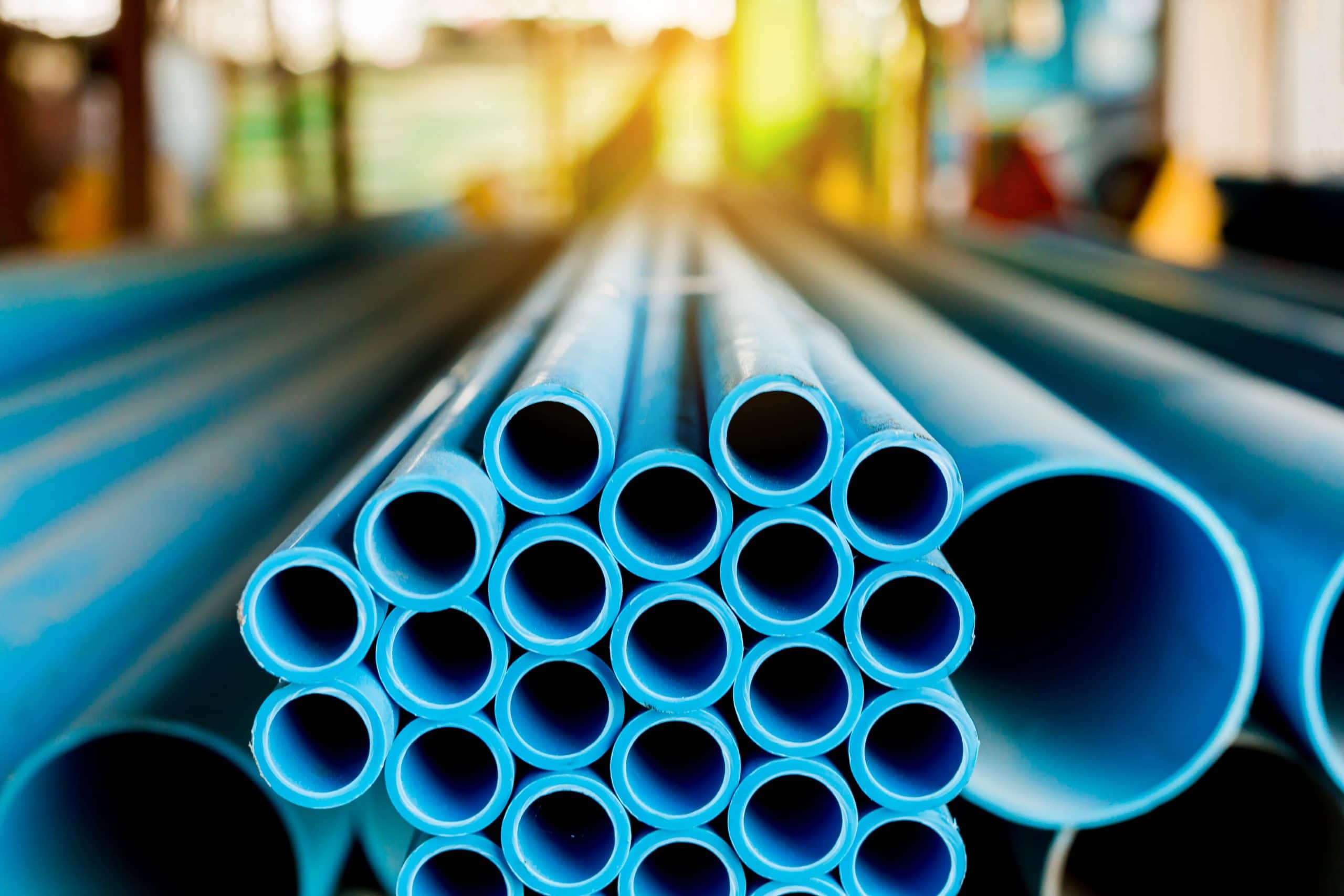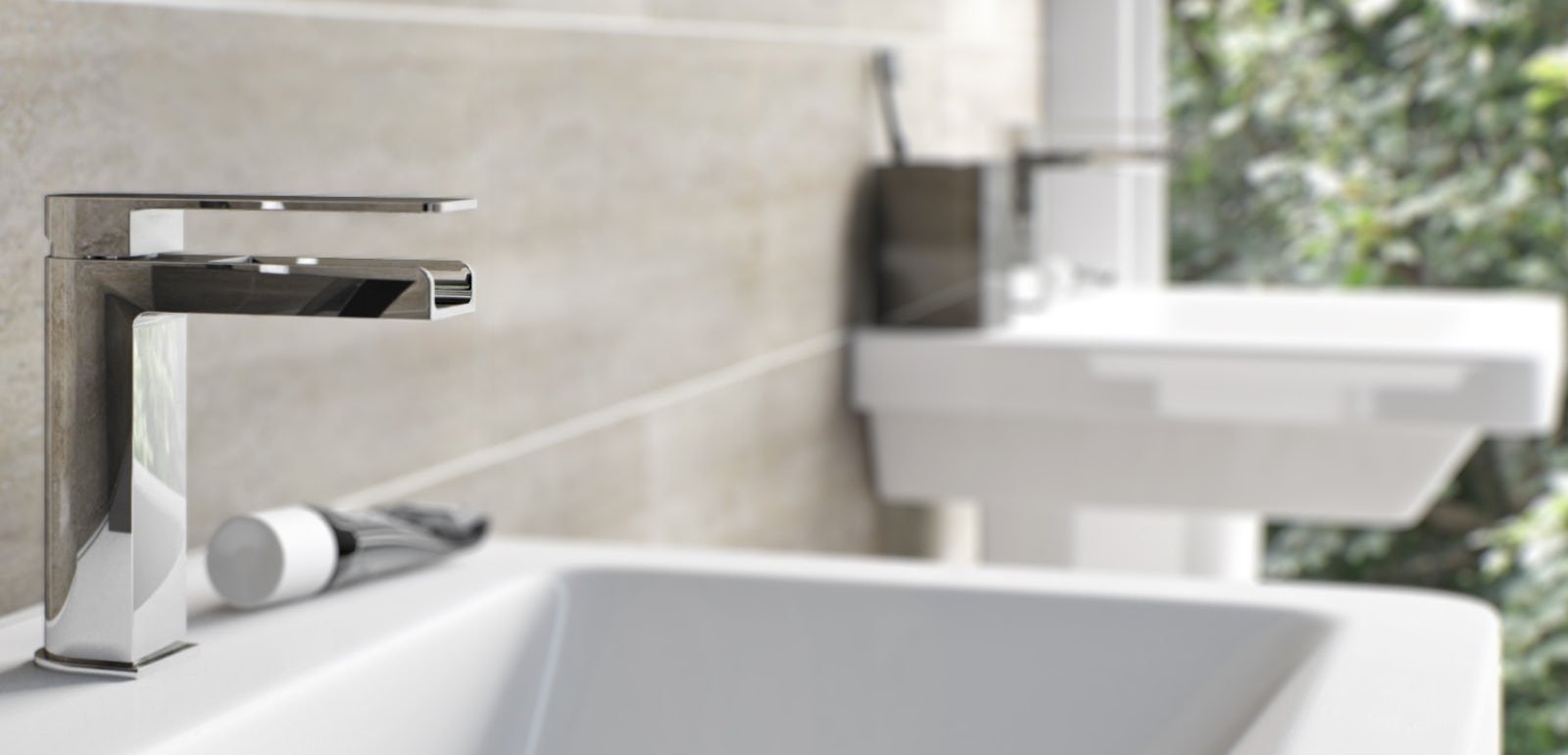Getting the Essentials of Home Plumbing: A Beginner's Handbook
Getting the Essentials of Home Plumbing: A Beginner's Handbook
Blog Article
They are making a few good points related to Understanding the Basics of Your Home's Plumbing System overall in this article just below.

Plumbing is a crucial aspect of any kind of home, in charge of supplying clean water for drinking, cooking, and showering, as well as getting rid of wastewater securely. Understanding the fundamentals of home plumbing is essential for every property owner to make certain proper upkeep, troubleshooting, and, if required, repair work. In this novice's guide, we'll cover the fundamental concepts of home plumbing to assist you end up being a lot more knowledgeable about how it works.
Water System
The water supply system brings clean water right into your home from a local water source or a private well. It includes a primary water line that connects to your home's plumbing system, typically located underground. A water meter determines the quantity of water taken in, while a shut-off valve allows you to manage the circulation of water into your home.
Plumbing Components
Plumbing fixtures are devices that deliver water to various parts of your home and consist of sinks, faucets, commodes, showers, bathtubs, and home appliances such as dishwashers and cleaning machines. Each component is connected to the water system system via pipelines and fittings and may have its shut-off shutoff for maintenance or emergencies.
Water Heater
The water heating system is in charge of heating water for domestic usage, consisting of bathing, cooking, and cleansing. Usual types of water heaters consist of tank-type hot water heater, tankless (on-demand) water heaters, and heat pump hot water heater. The hot water heater is connected to the supply of water system and delivers warm water to plumbing components as required.
Drainage System
The drainage system eliminates wastewater from your home and lugs it away to a sewer treatment facility or septic tank. It consists of a network of pipes, fittings, and fixtures that move wastewater from plumbing fixtures to the main drain line or sewage-disposal tank. Appropriate drain is important to protect against clogs, backups, and sewage leaks.
Ventilation System
The ventilation system helps keep proper air pressure and prevent sewer gases from entering your home. Vent pipes, also known as vent stacks, expand from plumbing fixtures to the roofing system, allowing sewage system gases to get away securely outside. Ventilation pipes likewise allow air to get in the drain system, facilitating smooth wastewater circulation and protecting against suction or vacuum results.
Typical Plumbing Devices
Having the right devices on hand is important for executing standard plumbing fixings and upkeep tasks. Common plumbing tools consist of flexible wrenches, pipe wrenches, pliers, pipe cutters, hacksaws, bettors, augers (or drainpipe snakes), and Teflon tape. Having these tools conveniently offered can assist you take on small plumbing problems efficiently.
Basic Plumbing Fixings
While some plumbing fixings may require specialist support, many usual problems can be attended to with basic do it yourself methods. Learning just how to take care of a dripping tap, unclog a drainpipe, replace a commode flapper, or repair a dripping showerhead can conserve you time and money on plumbing fixings.
Conclusion
Recognizing the basics of home plumbing is essential for each property owner to keep a risk-free, useful, and effective plumbing system. By acquainting yourself with the water system system, plumbing fixtures, drain system, ventilation system, typical plumbing devices, and basic fixings, you can confidently attend to small plumbing issues and ensure your home's plumbing system runs smoothly.
Plumbing for Beginners: A Comprehensive Guide
If you’re a beginner when it comes to plumbing, don’t worry; you’re not alone. Plumbing may seem intimidating, but with the right knowledge and a little practice, you can handle many common plumbing issues on your own. In this comprehensive guide, we will demystify the world of plumbing for beginners, providing you with the basic knowledge and skills needed to tackle common plumbing problems and even take on some DIY plumbing projects.
The Importance of Basic Plumbing Knowledge for Beginners:
First and foremost, basic plumbing knowledge gives you a solid foundation. It helps you grasp the key concepts and terminology that are essential in this field. By learning the basics, you’ll be able to build upon that knowledge and tackle more complex plumbing tasks in the future.
Having a basic understanding of plumbing also enables you to handle common issues that may arise in your home. Picture this: a leaky faucet or a clogged drain. With some basic plumbing knowledge, you’ll have the confidence to troubleshoot and fix these problems on your own. It saves you from unnecessary expenses and the hassle of waiting for a professional to arrive.
As a beginner, learning the basics of plumbing empowers you to take care of your own home. It gives you a sense of independence and self-reliance. You’ll no longer have to rely solely on professionals for every small issue that pops up. Instead, you can handle many tasks yourself, saving time and money in the process.
Remember, everyone starts as a beginner. Embrace the learning process and take small steps to expand your plumbing knowledge. There are plenty of online resources, tutorials, and even local workshops that talk about plumbing for beginners.
Essential Tools for Plumbing for Beginners
As you start your plumbing journey, having the right tools in your toolbox is crucial. Let’s explore some of the must-have tools:
Adjustable Wrench:
This versatile tool is a staple in any plumber’s toolbox. It allows you to tighten or loosen nuts and bolts of various sizes. Make sure to have an adjustable wrench with a comfortable grip.
Pipe Wrench:
A pipe wrench is specifically designed for gripping and turning pipes. It has serrated jaws that provide a strong grip, making it easier to loosen or tighten threaded pipes and fittings.
Plunger:
The plunger is a simple yet effective tool for clearing clogged drains and toilets. It creates suction when you push and pull, helping to dislodge blockages. Keep a good-quality plunger handy for those unexpected clogs.
Pipe Cutter:
When it comes to cutting pipes, a pipe cutter is your go-to tool. It creates clean, precise cuts without damaging the pipe. Look for a pipe cutter that can handle the pipe sizes you’re working with.
Hacksaw:
A hacksaw is useful for cutting through pipes, screws, and other materials. It’s a versatile tool that can handle different cutting tasks. Remember to use a blade suitable for cutting metal.
Tape Measure:
Accurate measurements are crucial in plumbing. A tape measure allows you to measure pipe lengths, distances, and dimensions accurately. Opt for a sturdy tape measure that extends a good length.
Pliers:
Pliers come in handy for various tasks, such as gripping, bending, and cutting. Slip-joint pliers with adjustable jaws are great for gripping pipes, nuts, and bolts.

Hopefully you enjoyed reading our topic about Understanding the Basics of Your Home's Plumbing System. Thank you so much for taking time to read through our piece of content. Please take the opportunity to promote this entry if you enjoyed it. Thanks for being here. Come back soon.
Book Report this page